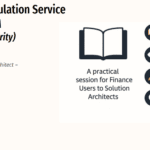
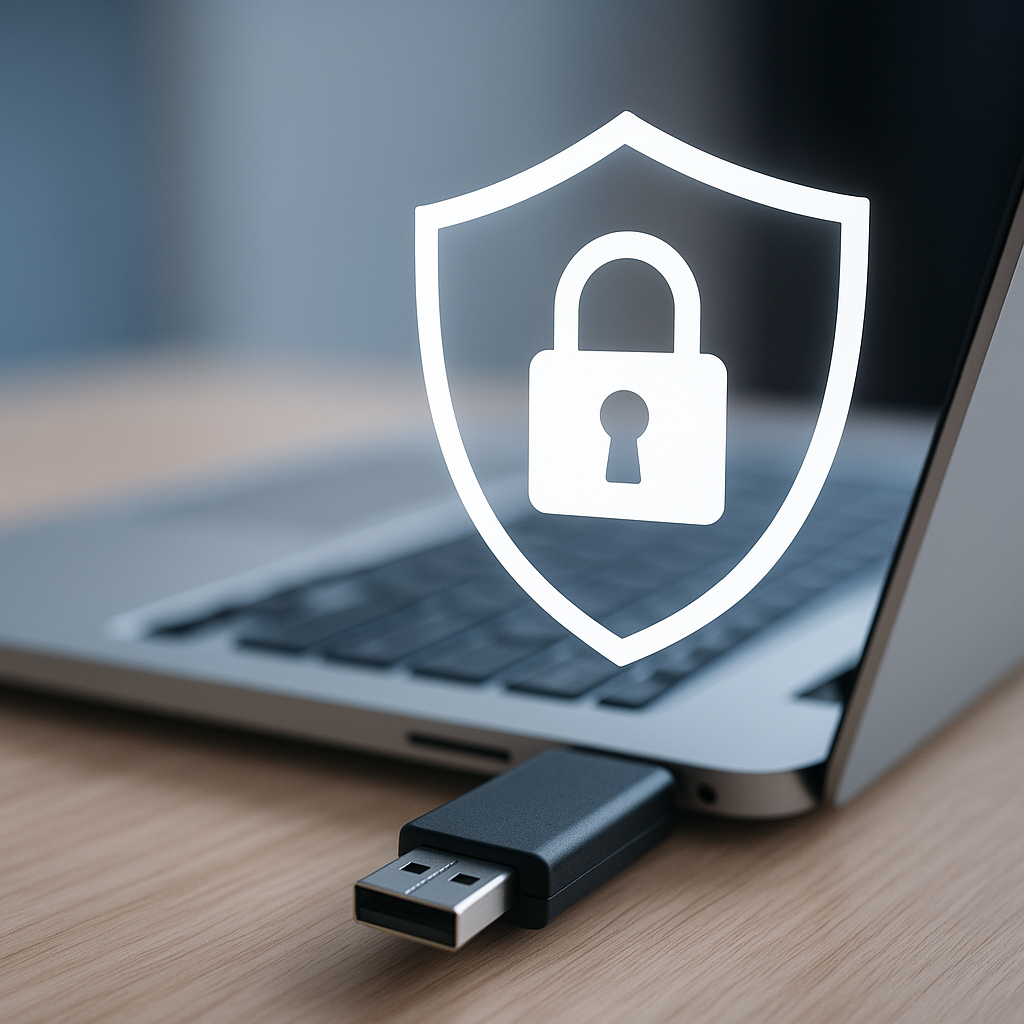
PUR507 – When Data Walks Out the Door: Endpoint and Network DLP for Real Protection
Table of Contents
ToggleIntroduction
Even with the best cloud security in place, one big gap often remains , the endpoint.
Employees still download, print, copy, and transfer files directly from their laptops, often outside IT’s visibility.
That’s why Endpoint Data Loss Prevention (Endpoint DLP) and Network DLP in Microsoft Purview are critical.
They extend your organization’s data protection policies from the cloud down to the user’s device and network , where most data leaks actually occur.
In short, Endpoint DLP protects data in use, while cloud DLP protects data in motion and at rest. Together, they create a full 360° data protection model.
Why Endpoint DLP Matters
A global study by Ponemon Institute shows that more than 60% of data leaks start from endpoints , not servers or email systems.
The risks are common and often unintentional:
- Copying sensitive files to a USB drive
- Uploading confidential data to a personal Gmail account
- Printing or screen-capturing restricted documents
- Syncing work files to an unmanaged cloud app
Endpoint DLP quietly monitors and controls these activities , without disrupting the user experience.
What Endpoint DLP Does
Endpoint DLP works by applying your existing Microsoft Purview DLP policies directly to devices.
Once onboarded, these devices automatically inherit the same protection rules that govern your cloud apps.
It monitors activities such as:
- Copying data to USB or external drives
- Uploading files to web browsers
- Copying data to clipboard or screen capture
- Printing sensitive documents
- Sharing through Bluetooth or network paths
Each activity can trigger actions like Audit only, Block, or Block with override , depending on your policy design.
How Endpoint DLP Works
Endpoint DLP uses built-in Windows and macOS telemetry (no agents required on Windows 10/11).
When a sensitive file is accessed or moved, the local DLP component checks:
- Is the content labeled or matches a sensitive information type (SIT)?
- What’s the user trying to do (copy, upload, print)?
- Is this activity allowed by policy?
Based on the policy, it can block, warn, or log the activity , all in real time.
It integrates seamlessly with:
- Microsoft Entra ID for identity and device compliance
- Microsoft Defender for Endpoint for unified reporting
- Microsoft Purview portal for central policy management
No extra infrastructure required.
Network DLP , The Other Half of the Story
While Endpoint DLP protects local activities, Network DLP extends monitoring to data moving across corporate networks.
It uses Defender for Endpoint network sensors to analyze traffic for sensitive content leaving managed endpoints , for example:
- Uploads to unapproved websites
- Data transfers over FTP or HTTP
- File movements through remote desktop sessions
Network DLP doesn’t block network traffic directly; it provides visibility and integrates with DLP analytics and Defender XDR for alerting and correlation.
Together, Endpoint and Network DLP close the loop , protecting data wherever it moves.
Key Capabilities of Endpoint DLP
| Capability | Description | Example |
| Activity Monitoring | Records actions like copy, print, upload, and Bluetooth share | Detects file copied to USB |
| Policy Enforcement | Applies DLP actions (audit, block, override) locally | Block upload to personal Dropbox |
| User Notifications | Displays just-in-time alerts | “This file contains confidential data and can’t be copied externally.” |
| Policy Tips | Educates users during violation attempts | Warns users instead of immediately blocking |
| Incident Reporting | Sends violation alerts to Purview/Defender portal | Compliance team reviews in dashboard |
| Integration with Sensitivity Labels | Recognizes files by applied label, even offline | “Confidential–HR” file remains protected on device |
| Cross-Platform Support | Works on Windows 10/11 and latest macOS | macOS devices enforce same DLP rules |
Implementing Endpoint DLP: Step-by-Step
- Verify licensing: Requires Microsoft 365 E5 or Microsoft 365 E5 Compliance.
- Onboard devices:
- Via Microsoft Intune, Configuration Manager, or Defender for Endpoint.
- If devices are already onboarded to Defender, DLP activates automatically.
- Configure Endpoint DLP settings:
- Approved browsers (Edge, Chrome)
- Removable media and Bluetooth restrictions
- Just-in-time protection (temporary block before scan)
- Create or extend DLP policies:
- Add “Devices” as a location
- Define activities to monitor (copy, upload, print)
- Set actions: Audit, Block, Block with override
- Simulate before enforcing:
- Run in simulation mode and review violations in Activity Explorer.
- Deploy gradually:
- Start with pilot users; expand based on feedback.
🧠 Pro Tip: Always pair DLP enforcement with user notifications , blocking silently leads to user frustration.
Real-World Example: Securing Remote Workers
A financial services company had remote staff working from home with access to customer data.
IT worried about data being copied to personal USBs or printed locally.
Solution:
- Onboarded laptops via Intune and Defender for Endpoint.
- Created Endpoint DLP policy with conditions:
- Sensitive data = Financial account info or PII.
- Action = Block USB copy, warn before printing.
- Enabled policy tips to educate users.
- Monitored violations in Activity Explorer.
Result:
No data exfiltration, user productivity unaffected, and awareness improved across the workforce.
Integration with Adaptive Protection
Endpoint DLP becomes even more powerful when combined with Adaptive Protection and Insider Risk Management.
Example:
- A user downloads 500 files in one day.
- Insider Risk flags them as “Elevated Risk.”
- Adaptive Protection automatically applies stricter Endpoint DLP rules , blocking external uploads entirely.
This risk-based enforcement keeps protection fluid and intelligent.
Monitoring and Analytics
Key monitoring tools include:
- DLP Alerts Dashboard: Central view of endpoint and network violations.
- Activity Explorer: Detailed insight into file actions, devices, and user behavior.
- Defender for Endpoint portal: Correlates DLP events with threat detections.
- DLP Analytics (Preview): Highlights oversharing trends and recommends new policies.
Reporting is unified , whether a violation occurred in Outlook, Teams, or on a USB stick.
Best Practices for Endpoint and Network DLP
✅ Start in audit mode. Observe user behavior before enforcing blocks.
✅ Educate users with policy tips. Use warnings to promote responsible handling.
✅ Restrict high-risk channels first. Focus on USBs and cloud uploads before expanding.
✅ Align with sensitivity labels. DLP is most accurate when classification is consistent.
✅ Review analytics regularly. Tune policies quarterly to reflect new data patterns.
Real-World Tip
Don’t make Endpoint DLP a surprise.
Inform employees before rollout , explain that it’s a compliance safeguard, not surveillance.
Transparent communication improves trust and cooperation, making DLP enforcement smoother and more accepted.
Exam Tip (SC-401)
Expect questions around:
- What actions Endpoint DLP can monitor (copy, print, upload, etc.)
- Difference between cloud DLP and Endpoint DLP
- Purpose of simulation mode and Adaptive Protection integration
- Supported operating systems and browsers
Example:
A user copies a “Confidential” file to a USB drive and gets a warning but can override. Which DLP action is configured?
Answer: Block with override.
Conclusion
With Endpoint and Network DLP, Microsoft Purview moves data protection closer to the user , where most risks originate.
It combines continuous monitoring, user education, and adaptive controls to keep sensitive data safe across all devices and networks.
In a world where work happens anywhere, Purview ensures your data stays protected everywhere.
In the next article, PUR508 – Managing Insider Risks Without Losing Employee Trust, we’ll explore how Microsoft Purview’s Insider Risk Management helps detect and respond to risky behavior , while maintaining fairness, transparency, and privacy.
I am Yogeshkumar Patel, a Microsoft Certified Solution Architect and ERP Systems Manager with expertise in Dynamics 365 Finance & Supply Chain, Power Platform, AI, and Azure solutions. With over six years of experience, I have successfully led enterprise-level ERP implementations, AI-driven automation projects, and cloud migrations to optimise business operations. Holding a Master’s degree from the University of Bedfordshire, I specialise in integrating AI with business processes, streamlining supply chains, and enhancing decision-making with Power BI and automation workflows. Passionate about knowledge sharing and innovation, I created AI-Powered365 to provide practical insights and solutions for businesses and professionals navigating digital transformation. 📩 Let’s Connect: LinkedIn | Email 🚀
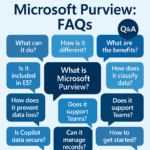
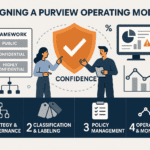
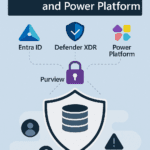
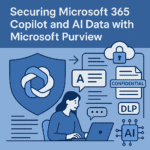
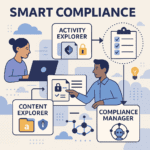
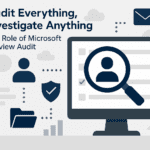

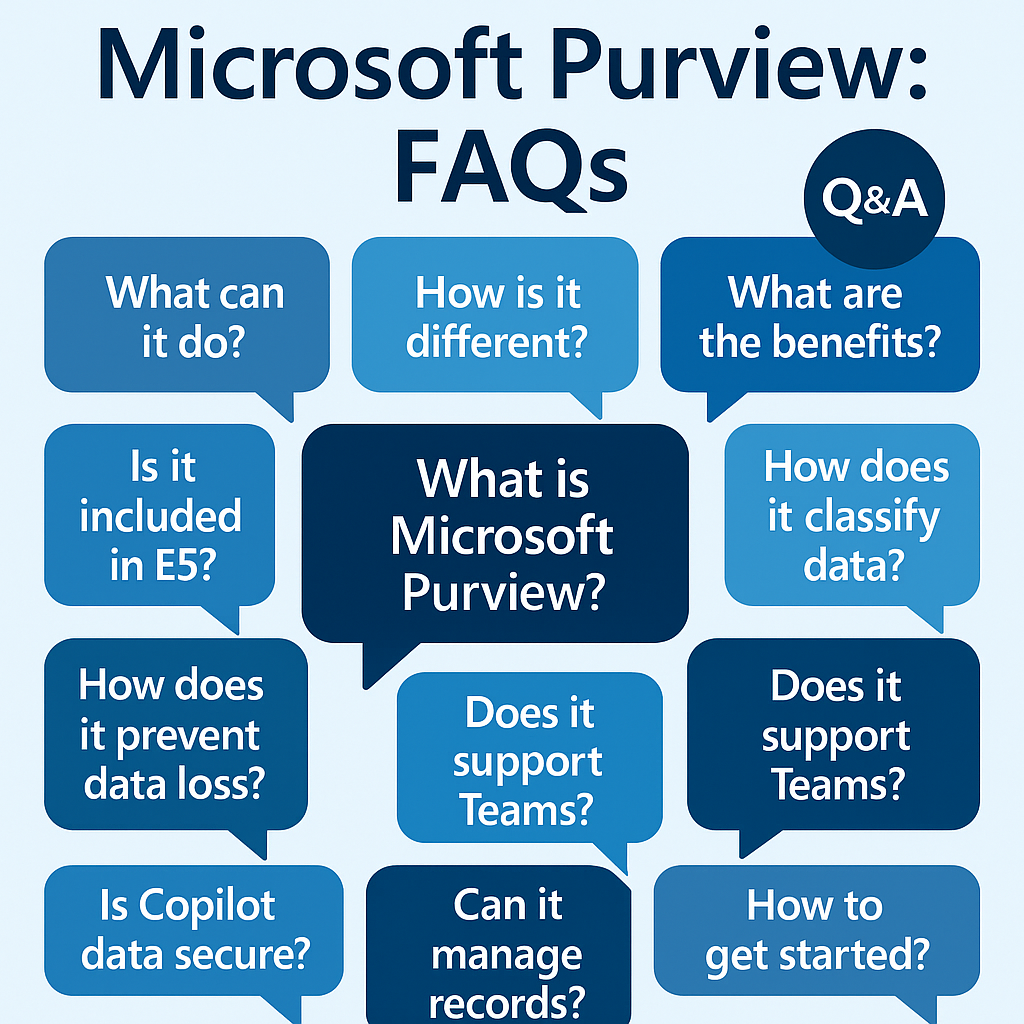
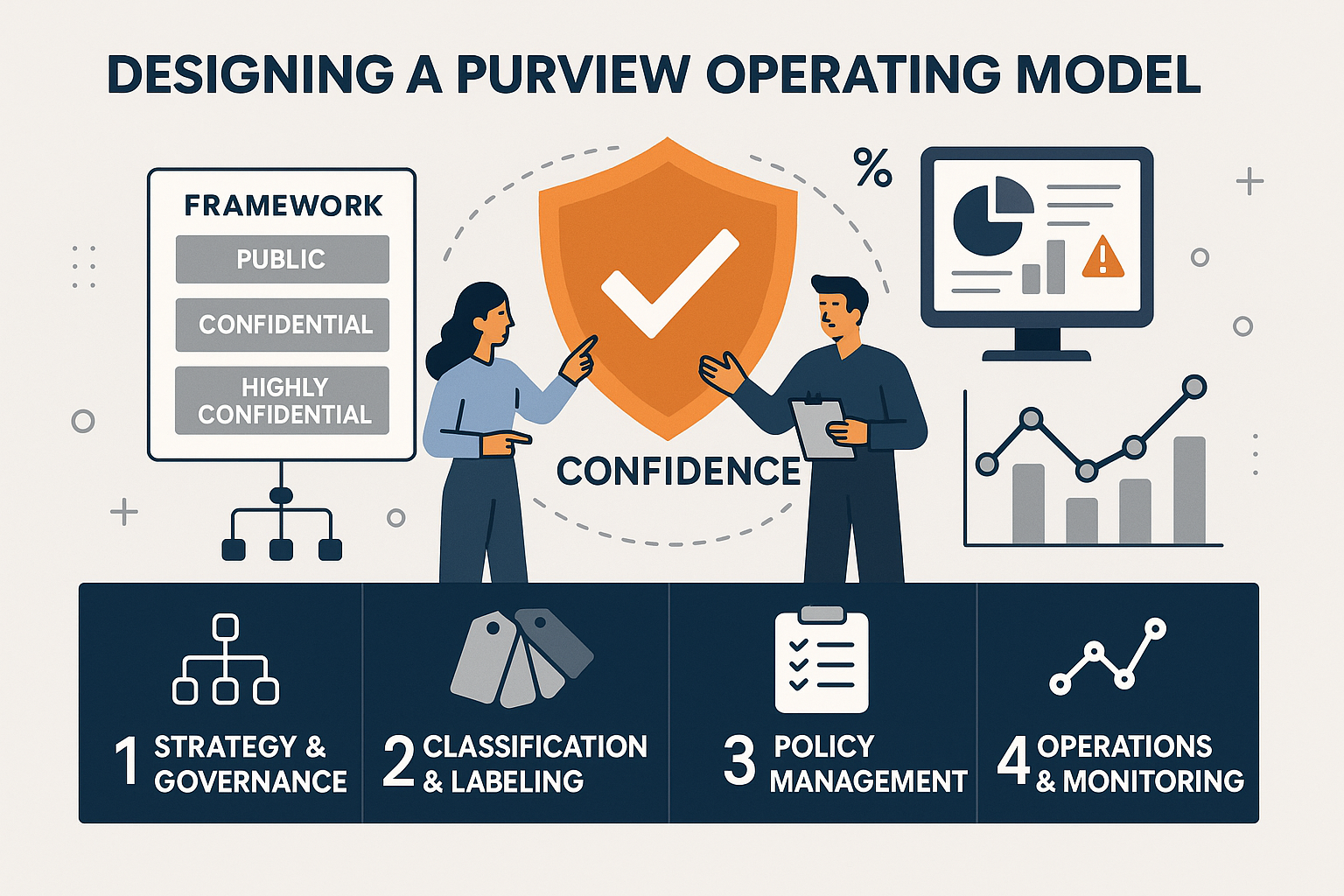
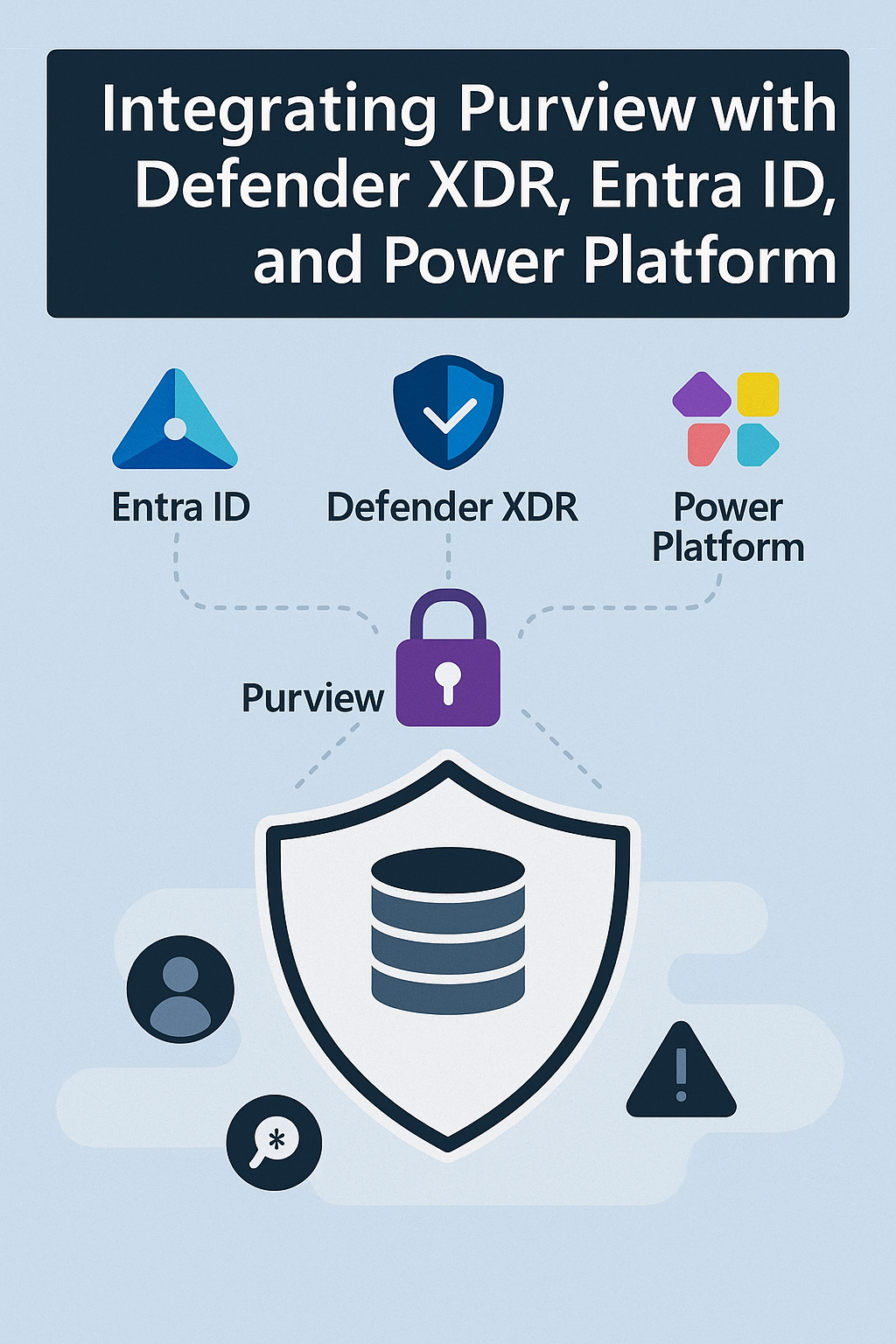



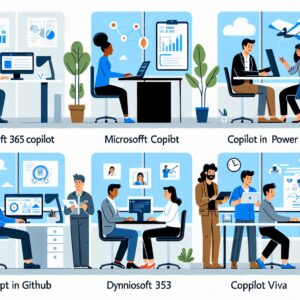



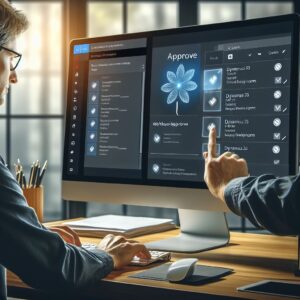

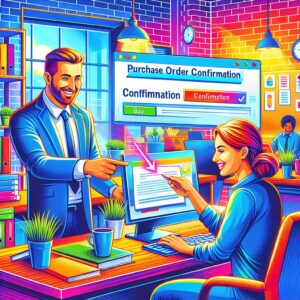
Post Comment